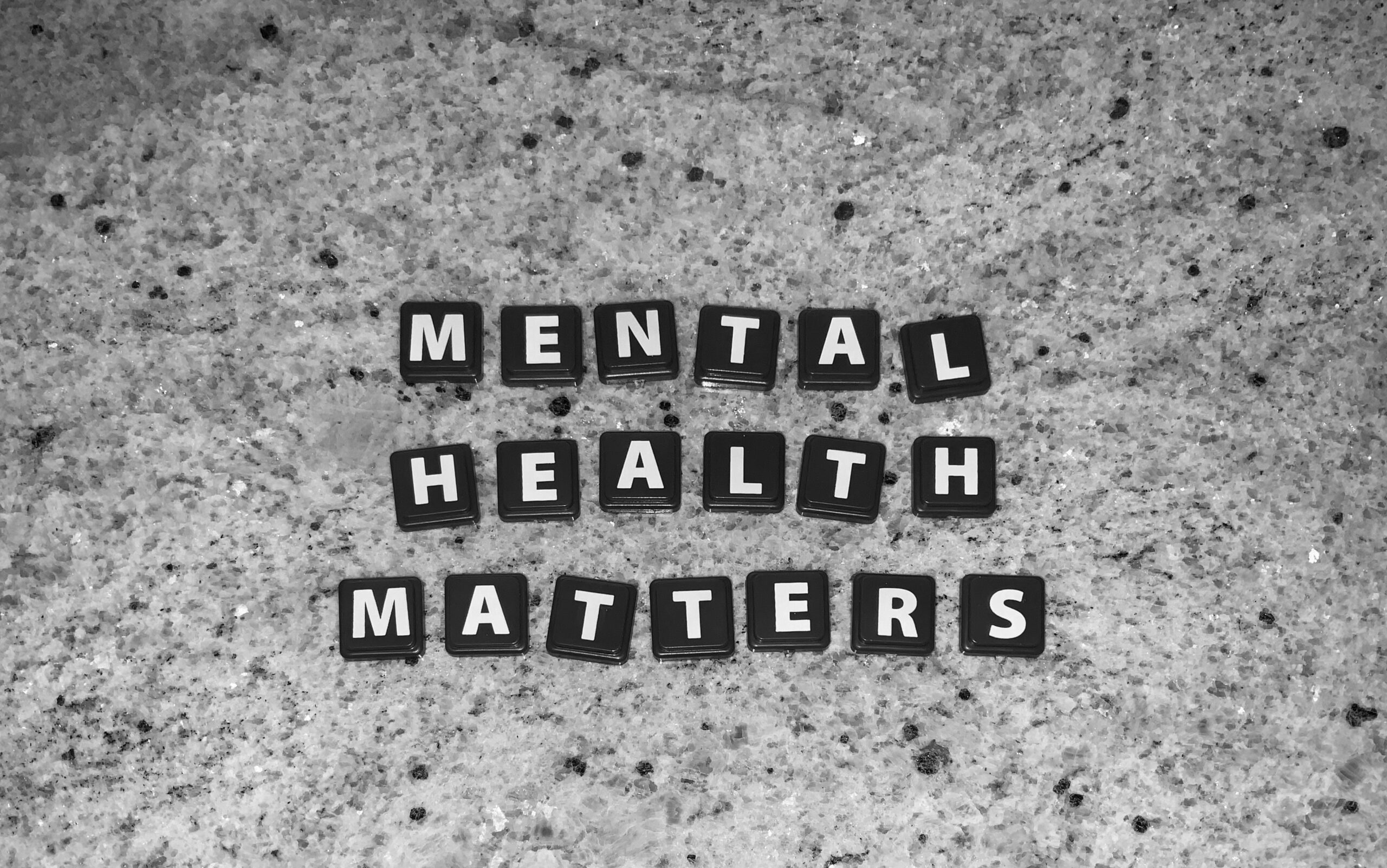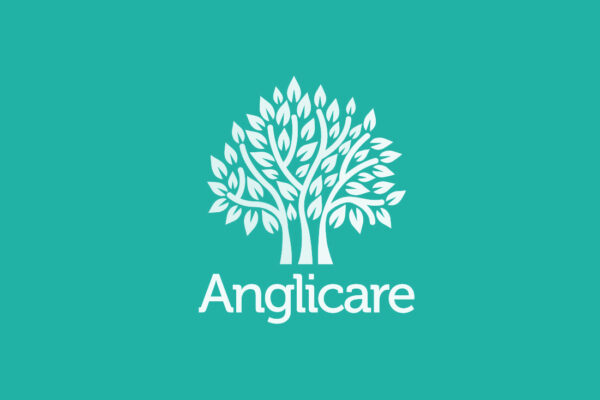
According to a recent whitepaper by the Black Dog Institute, mentally unhealthy workplaces are costing Australia up to $39 million each year due to sickness absence and productivity.
But we don’t need statistics to tell us that. We’re seeing it every day in our businesses, among friends and family – and in ourselves.
From stress and burnout to anxiety, depression and substance dependency, increasing work pressure is pushing the boundaries of our psychological limits.
But why has it become an issue? And, even more importantly, what can we do to create mentally well workplaces?
From workplace shift to psychological stress
Workplaces have become increasingly unhealthy due to a shift in how we work.
Digitalisation has increased flexibility but blurred the boundaries with the expectation we’re always on and available. COVID and work from home have compounded this. They’ve also increased social isolation and created return to office anxiety. Plus, the shift to casual and the gig economy means less security.
On top of this, today’s current economy, including the rising cost of living and increasing interest rates, is further impacting mental health.
The result is stressed, burnt out, and mentally unwell employees, which leads to poorer productivity and profits.

What’s the solution? Wellness programs are a start!
To start fighting back against mental health and improve mental wellbeing, more and more employers are taking steps to create more mentally well workplaces.
This includes setting boundaries, such as defined hours and ensuring breaks, and adopting wellness programs.
Recent figures show that 64 per cent of Australian businesses are now implementing employee wellness programs. And people are saying ‘Yes, please!’ with 94 per cent of employees believing they’re important.
What’s a wellness program? Wellness programs are programs or activities an employee instigates to improve employee health – and to help individuals overcome specific health-related issues.

Real benefits of bringing in wellness programs
Corporate wellbeing programs aren’t just a way to look like you’re tackling employee wellbeing in the workplace. Research and surveys have shown they have a very real positive impact.
Some of the benefits of employee wellbeing programs include:
Increased productivity
- Drop in absenteeism
- Increased engagement and motivation
- Reduced stress/mental health issues
- Morale boost
- Employee retention
- Candidate attraction

Boosting mental wellbeing at work ideas
When planning wellbeing and wellness initiatives in your workplace, it’s a good idea to consider three key areas of wellbeing that are likely impacting your employees: financial wellbeing, digital wellbeing and social wellbeing.
Financial wellbeing
Financial wellbeing means your employees feel financially secure, can meet their expenses and are in control of their finances. If they don’t, can’t or aren’t, this can greatly impact their mental health.
As well as looking at things such as improving your remuneration and rewards programs, some ideas for financial wellness programs include:
- Financial education seminars
- Flexible working (reduced travel costs)
- Cycle-to-work scheme
- Carpooling
- Local food outlet/coffee shop discounts
Digital wellbeing
Digital wellbeing means employees are using technology in a way that isn’t impacting their mental and physical health. With the average adult spending 11 hours+ looking at screens a day, we’re seeing more digital burnout.
As well as doing things like limiting out-of-hours work screen time, having virtual meeting free days and pushing for essential only emails, digital wellness programs you could introduce include:
- Time management apps
- Mindfulness and digital wellbeing apps
- Activities and spaces where people can disconnect
- Evidence-based tools to monitor mental health and wellbeing to motivate change
Social wellbeing
Social wellbeing in the workplace is about feeling a sense of belonging and inclusivity, aligning with company values and having frequent interactions and strong relationships with colleagues. No one wants to work lonely.
Suggestions for improving it include having social spaces and strong social, diversity and inclusion policies, and reviewing and recommunicating your vision, mission and values to create that shared sense of purpose. Other ideas include:
- Regular team lunches, especially for virtual teams
- Group wellness activities, such as yoga, sports clubs and fitness challenges
- Volunteer days where employees can interact and give back
- Inclusivity education and training
- Build a virtual community
On top of these three areas of wellbeing, you can also consider more general wellness programs such as an employer assistance provider (EAP), where employees can self-refer for confidential counselling.
This support can cover everything from mental health to family and relationship concerns and workplace bullying or stress.
Tackling mental wellbeing requires a cultural shift
Creating mentally well workplaces matters now more than ever.
But to do it successfully, it needs to be more than just a string of wellness programs. Instead, it should be an ongoing journey of cultural shift. This can only be achieved if everyone in your organisation is committed to working together to improve mental health and wellness.
The first step is to look at your specific risk profile and have strategies in place to manage them. You then need an integrated approach that does three key things:
- Protect – Reduce work-related mental health risk factors and increasing protection.
- Promote – Develop the positive aspects of work as well as worker capabilities and strengths.
- Support – Address mental health difficulties whether or not your workplace was a contributing factor.
When you’re fully committed to mental wellbeing, you’ll have happier, healthier workers and a more productive, profitable business!





